- Harvest mouse
- Rodent nutrition
- Vole propagation
The field mouse is a small rodent distributed around the world. Belongs to the most numerous species of mammals - the classification of murine. On earth, there are more than 100 species. Perfectly adapt to any conditions of existence. No mice are only high in the mountains, in the territory covered with ice.
Appearance
The small animal is called differently: field, meadow, field vole, baby, striped. Appearance is familiar to everyone, since field mice are frequent cohabitants of people. In cold weather or with the onset of other adverse conditions in the natural environment, they move to barns, warehouses, sheds, outbuildings, and houses. Often live in gardens, in vegetable gardens, personal plots.
Field Mouse Description:
- The maximum body length is not more than 12 cm, the average size is 10 cm without tail. A thin tail is 70% of the length of the body.
- The body is oblong, elongated hind feet. When running, they always come forward.
- Long muzzle, small round ears, oblong spout.
Appearance is very attractive, harmless, cute. A particularly interesting red nose. Mouse structure no different from the general proportions of most species of these rodents.
The coat is short, stiff and has an uneven color. The abdomen is always lighter, the back with a black stripe. You can distinguish a vole by a strip on the back. Coloring, color of coat varies by region. The mouse vole is gray, brown, buffy, red. In summer, it is darker, it begins to change by winter. Below are field mice in the photo, you can see the differences between the animal and other rodents clearly.
Interesting!
Unique vole teeth grow throughout life. In addition to a number of small teeth on the upper jaw. On the lower jaw is a pair of long incisors. They appear in the second month of life of mice, daily grow by 1-2 mm. To prevent excessive tooth enlargement, rodents are forced to grind them constantly. Bite hard objects that do not represent nutritional value, but surrounding them.
How much a small animal weighs is not hard to guess. A small animal gains in weight no more than 30 g. On average, a field mouse weighs 20 g.
Food addictions
What the field mouse eats is of interest to most of the population. Since pests gnaw almost everything - wood, concrete structures, bricks. Some mice gnaw polystyrene, plastic, rubber and other synthetic materials.
However as food mice are interested grains, seeds, succulent part of plants. With hunting mice bite the bark of trees, young shoots of plants, seedlings, ripe vegetables, fruits. Worms, insects, eggs and chicks are eaten in small quantities.
On the territory of man, a red mouse gnaws at almost all food supplies - grain, groats, legumes, flour, vegetables, fruits, bakery products, meat, lard, sausage and much more.
Interesting!
A mouse with a strip on the back makes reserves for the winter. Once in the ground in the cold season, eats everything that she managed to drag in a hole for the entire warm season. Those individuals who have the opportunity to settle in housing, outbuildings, barns, human stores are not worried about winter food.What a rodent stocks is all edible for him that can fit in a mink.
For a day, the field mouse should eat 5 g of food, drink 20 ml of liquid. If there is not enough water, gnaws on the succulent parts of the plants. Stocking up for the winter begins in mid-summer.
Lifestyle
In countries with warm climates, the meadow mouse is active year-round. In our area, with the onset of cold weather, mice do not hibernate, but the process of reproduction of a new generation slows down. They tolerate low temperatures relatively well. They can safely winter in the field.
How field mice hibernate depends on the surrounding objects and environmental conditions. In the warm season, rodents live in the field, with an increase in numbers, the onset of adverse weather, cataclysms - fire, drought, floods, premature frosts, settle in gardens and vegetable gardens. Each individual equips itself with housing at a depth of about 1 m, in winter it goes deep down to 3 m. Usually, in a hole, a meadow mouse hibernates.
Interesting!
The abode of a vole includes a nest where mice are born, grow up, several chambers with food reserves, labyrinths of passages with an obligatory access to water.
In addition to burrows, wintering takes place in haystacks, hocks left on the field, ricks, in barns, sheds, outbuildings. The most daring or arrogant make their way into the house. The question of where the voles live in winter can be answered ambiguously - wherever possible.
Hibernation for a field mouse is uncharacteristic. The rodent that lives in our area cannot hibernate. With insufficient food, if the animal could not stock up on food, it risks dying. In winter, it occasionally comes to the surface during the thaw.
On a note!
Some species of voles sleep in the winter, they can wake up with the onset of heat. They prefer to sleep in a hole. They begin to accumulate nutrients in the summer, a layer of fat is deposited, which disappears during the winter.
Behavior features
Field mice are extremely active, mobile, which is associated with the characteristics of metabolism. A rodent eats about 6 times a day, but quickly consumes energy. He cannot stand hunger, even more thirst. Without food, water lives no more than a week.
Mice can live anywhere, adapt well to new conditions. Moved by mastered lines, defined trajectories. Mark their territory with urine. Activities intensify with the onset of darkness. In dark rooms are active during the day.
Mice are extremely cautious, which makes them shy in the eyes of humans. The slightest rustle, sound makes the rodent run into shelter, hide in a mink. Enemies of mice: lizards, snakes, rats, dogs, cats, wild animals. Danger lurks at every turn. Those who eat a field mouse can be listed for a long time.
The little rodent tries not to run away far from the hole, moves away by 1 m. He prefers to move in the shade, under the bushes, in tall grass. Each individual is assigned its territory. They live in packs, where there is a leader - a male, several dominant females.
On a note!
Life expectancy in the wild is 1 year, although according to genetic data they can survive up to 7 years. Predators who hunt field mice every day are to blame. How many live in artificial conditions depends on the conditions of detention, proper nutrition. The average age is 3 years.
Propagation Features
The field mouse becomes sexually mature after 3 months. A young female produces from 1 to 3 cubs, an adult - up to 12 in one litter. Pregnancy lasts about 25 days.
Cubs are born blind, naked, completely helpless. Photos of field mice after birth are presented below. The female takes care of the young offspring up to 1 month, then the young is subjected to exile. They themselves equip housing, get food.
9-10 days after birth, the mouse is again ready for fertilization. Reproduces new offspring up to 4 times per year.The favorable period for this begins in May, lasts until October.
Sabotage
Field mouse can do tremendous damage to agriculture. Digs numerous holes in the fields, damages ears of wheat, leaves mounds of earth. As a result, this makes it difficult to harvest, grain loses its presentation.
Settling in barns, in warehouses, and other rooms where people began to store cereals, grain, flour, mice eat a third of the supplies during the winter. Contaminate the product with feces, urine. There is an unpleasant mouse odor in the room.
On a note!
The vole does not bite. At the sight of a man, he tries to quickly hide. But, being cornered, it is able to stick with sharp teeth. Dangerous spread of viral, bacterial, fungal infections, tularemia, plague, fever, rabies.
Rodent control
The increase in the number of mice on the field threatens serious losses for agricultural workers. No less damage from rodents in the garden, in the garden. To kill pests, poison baits are used, poison for mice, mouse trap. Are fighting folk remedies, professional drugs. Indoor use ultrasonic rodent repellerspungent products repellent plants. Preventive measures are also important.
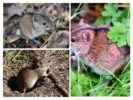

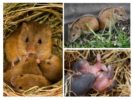
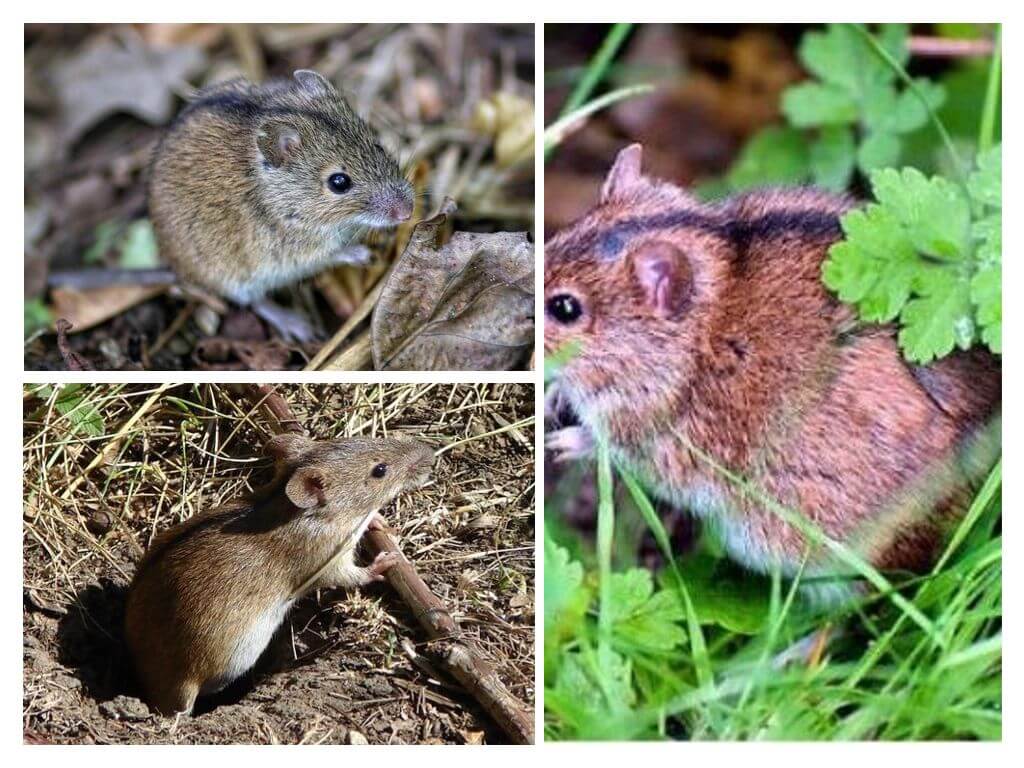
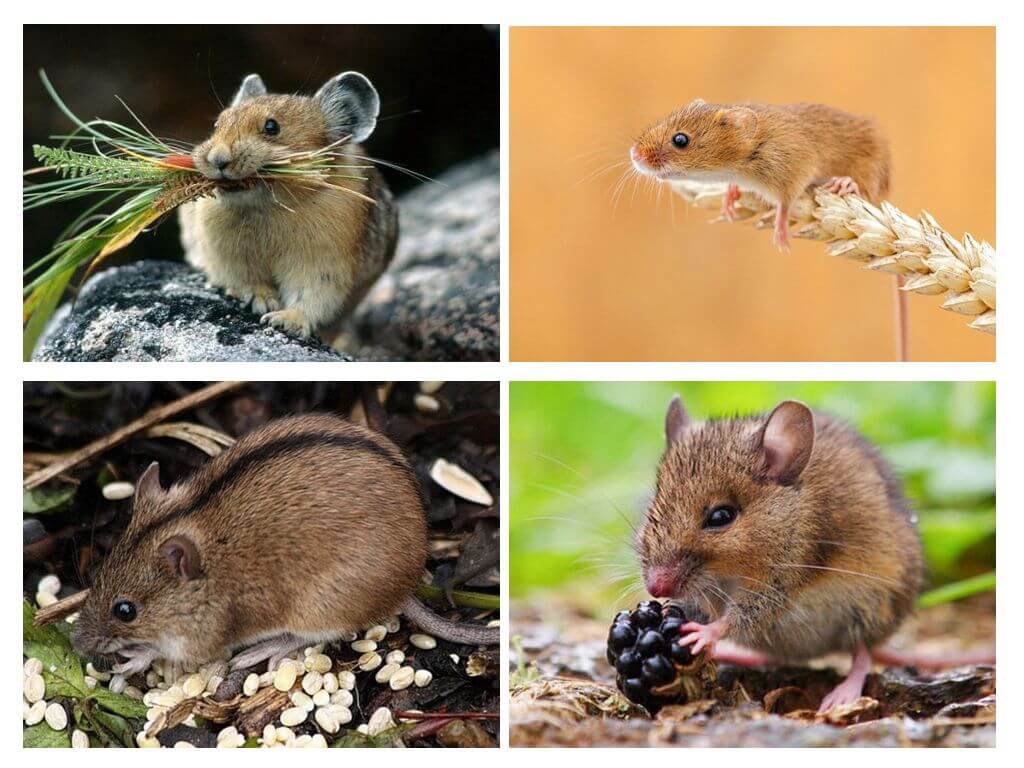


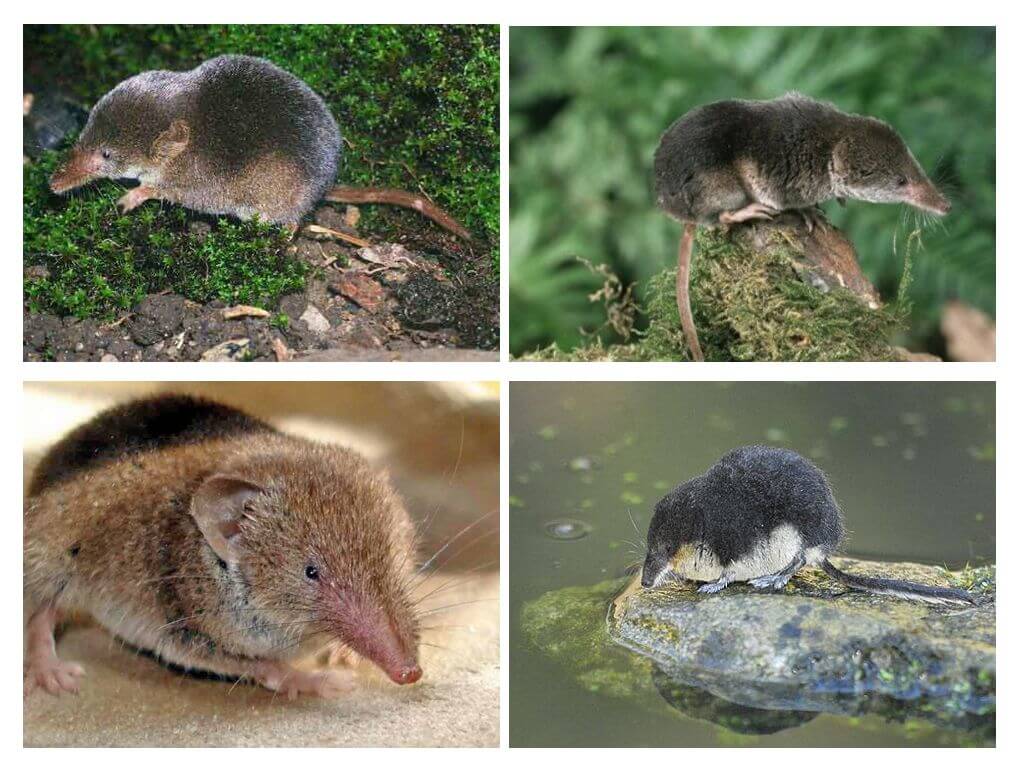

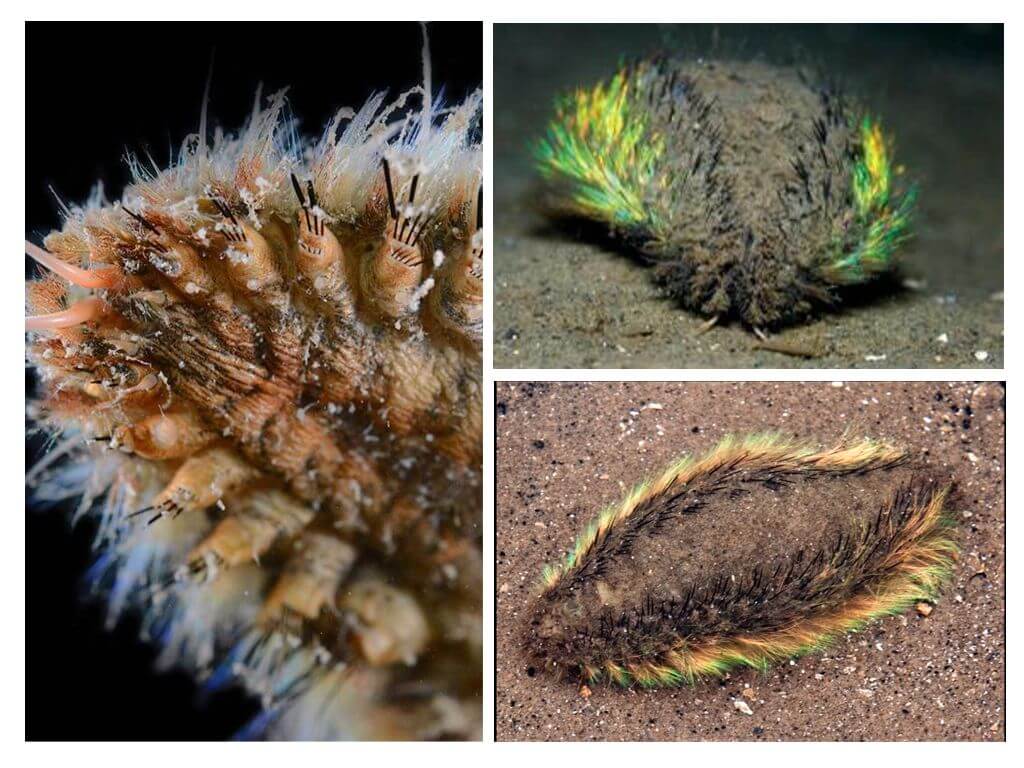
I saw such mice on the field. Very funny, pretty. Nimble, straight, do not have time to look, has already disappeared.
The moves of these "cute" creatures are located throughout the field. Outbreaks of sexual activity, an increase in the number of rodents are observed 1 time in 5 years. A few mice on the field will not do any harm.
They may not bring it to the field, for sure, in the garden. I ruined all the carrots, beets. They dug so many holes that walked failed.
Such mice practically do not settle at home. There house mice hold power. Field often in the granary, vegetable storehouse. Relocate with the onset of spring.
I'm afraid of mice, but voles seem cute to me. Absolutely not nasty.
Here, I also liked it. Caught on the field, put in a cage. Redhead with a strip on the back, cool. I lived for 2 years. Like cheese in butter skated. Then she died of old age, she had no other reasons.
I discovered voles in the garden. At the cottage we settled completely. Gnawed the trees. Destroyed the flowers. Set traps, traps. Then they somehow disappeared.
Ruthlessly destroy the field mouse. Better scare it off. In nature, there is someone to do it.
We brought a cat to the cottage as soon as we saw mice at the site. She coped well with her task.